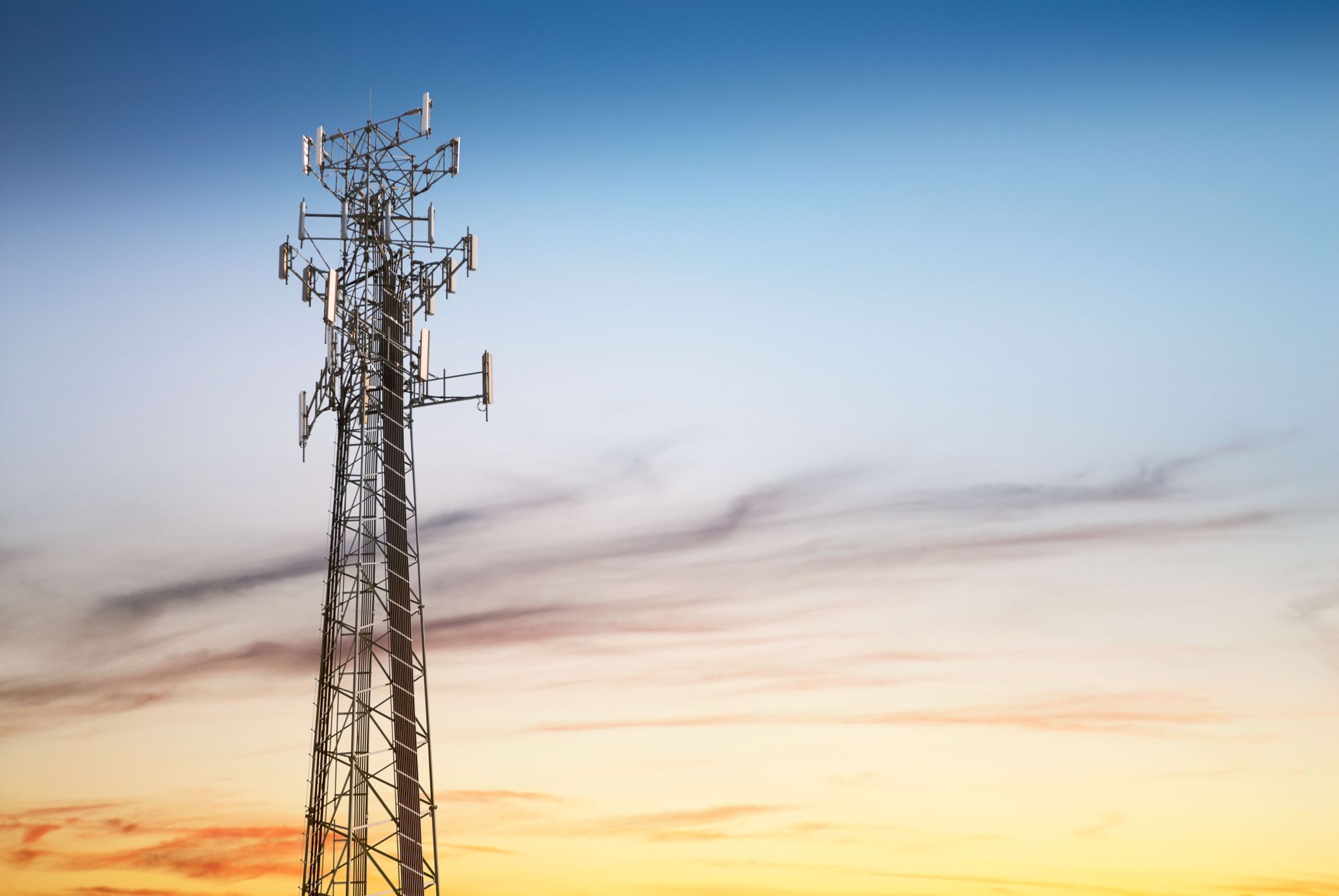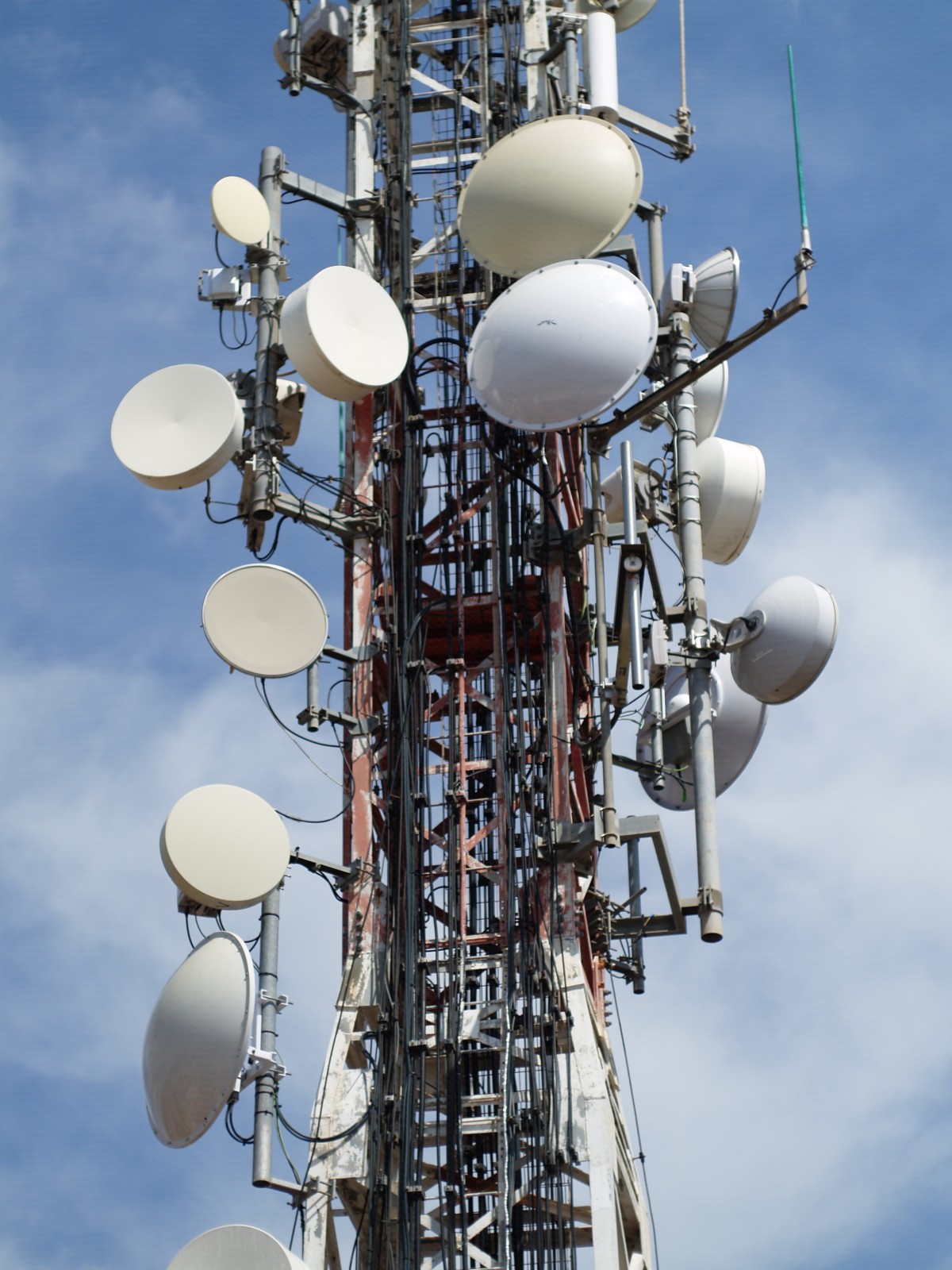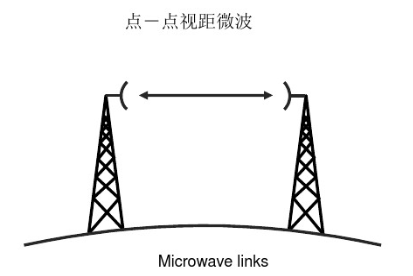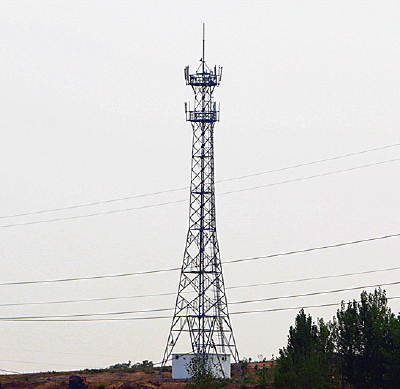
50kv Transmission Line tower – Línea de transmisión 50kv torre
December 19, 2018
STEEL TOWER DESIGN WIND SPEED AND DEFLECTION CRITERIA
December 27, 2018What is microwave communication ?
Language is the bridge of human communication, and communication is a means to make the bridge infinitely long!
Sometimes when we are on the road, we often find some tall antenna poles. The antenna above is like the leaves on the tree, pointing in all directions. What’s more, there will be a very large pot on the top of the building. “Or “bowl.” Anyway, Xiangshui didn’t like the antenna like a pot since he was a child. It should be too ugly for him. It makes me think that it doesn’t want to write an article.
Today we are talking about an indispensable communication method in the field of communication ————–Microwave communication
Speaking of microwaves, the first thing that people think of is the microwave oven. That’s right, it’s this stuff. It’s the same thing with microwave communication, it’s all using microwaves (the microwave is bitter at this time). Since we talked about the microwave oven, let’s talk about its invention process. Anyway, we didn’t use it.

The microwave oven, born one day in 1947, was made in the United States Raytheon (or Raytheon) company, the name is also very good, called the radar furnace, because the thermal effect of microwave was first discovered by a US Air Force radar engineer named Spencer. of. At first, it was only used in industry and commerce, and did not enter the public life. It was known that until 1955, the first domestic microwave oven was born in Western Europe. Since then, through continuous transformation, the performance of the microwave oven has been continuously improved, and eventually it has become a weapon for rapid heating and rapid thawing in people’s lives.
Some people have to say, this microwave oven and microwave communication are not on a channel, say what it does. Let me say a few more words. The microwave used in the microwave oven uses its internal magnetron to convert electrical energy into microwaves, and penetrates the food at an oscillation frequency of 2450 MHz. 2450MHz, the frequency is very high, yes, this is the fundamental of microwave communication, high frequency.
Microwave communication (Microwave Communication) , the use of electromagnetic waves with wavelengths of between 0.1mm to 1m – a microwave communication. The wavelength range corresponds to a frequency range of 300 MHz to 300 GHz. Different from modern communication methods such as coaxial cable and optical cable, microwave communication is a means of information exchange performed by microwave as a communication medium. Microwave communication can be established as long as there are no obstacles between the two points. So why is microwave communication so demanding on the environment? A phenomenon is mentioned in the physics book of middle school, called the diffraction phenomenon. It is said that the wavelength of the microwave is only 1m at most, so it is very likely that the obstacle will be weakened or even disappeared when encountering obstacles. However, microwave communication is not without advantages. Microwave communication has the advantages of large information capacity, good information quality and long transmission distance, so it is widely used by national emergency communication. Taking a pair of trousers, in the 1976 Tangshan earthquake, the six pairs of coaxial cables between Beijing and Chongqing were completely destroyed. Only the local garrison’s microwave communication equipment can communicate with the outside world, which provides reliable information for post-disaster rescue. . In the 98 flood control at the end of the last century, microwave communication also played a huge role in summarizing the disaster.

Microwaves can be divided into various types according to different wavelengths. Divided into wavelengths of decimeter wave, centimeter wave, millimeter wave, submillimeter wave, the corresponding frequency bands are UHF, UHF, EHF, EHF THF), the corresponding frequency bands are 0.3-3 GHz, 3-30 GHz, 30-300 GHz, 300 GHz-3 THz, respectively. Some of the frequency bands in the microwave are usually represented by letters, and the following figure is some commonly used symbols.

Among them, the L-band is mainly used for mobile communication, and the S-Ku band is suitable for communication with the earth as the surface of the base station, and the C-band is most commonly used. As for the K and Ka bands, it is mainly used for long-distance communication between the space station and the Earth’s surface.
Since microwave communication is a line-of-sight communication, it is necessary to set a microwave relay station every about 50Km, just like a relay project at a sports meeting, so microwave communication is also called relay communication (as shown in the following figure). The basic facilities of a microwave station consist of an antenna, a transceiver, a modulator, a multiplexing device, and a power supply facility. In order to make the signal more concentrated, a parabolic antenna is used, which is the bowl-like antenna mentioned at the beginning of the article. This is different from the Massive MIMO used in 5G. Microwave communication uses the convergence of parabolic antennas, while Massive MIMO uses beamforming technology, but the purpose is the same, that is, the signals can be gathered together and pointed in a certain direction to get the best. The effect of using.

Multiple transceivers can work simultaneously without interfering with each other. The multiplexing device is divided into an analog system and a digital system. Under the analog system, 60, 960, 1800, and 2700 communication can be performed every transceiver. Under the digital microwave system, digital multiplex equipment is used to form a group by 30-way telephone according to the principle of time division multiple access. It can be used for the secondary group of 120 channels, the third group of 480 channels, and the fourth group of 1920 channels. After digital modulation, it is transmitted. The machine transmits and is restored to a normal multi-channel telephone by a digital demodulator at the receiving end.
Since electromagnetic waves are used for information transmission, signals that are interfered by some natural factors or human factors are inevitable during transmission, resulting in signal attenuation. Below, we will look at several factors that affect microwave communication.
The red arrow refers to the nature of the microwave itself, and the latter four are caused by external environmental factors. Since we talked about the signal fading of microwave communication, then we have to talk about how to reduce interference. The figure below is a way to rely on ground reflection to reduce signal attenuation. Ground reflections are also divided into three types, using terrain methods, spatial diversity methods, and high and low antenna methods.

other side


Finally, let’s talk about the use of frequency resources in microwave communications.

We can see that the fastest downlink speed of microwave communication can reach 155Mbit/s.
The article is about to end here, thank you for reading!




